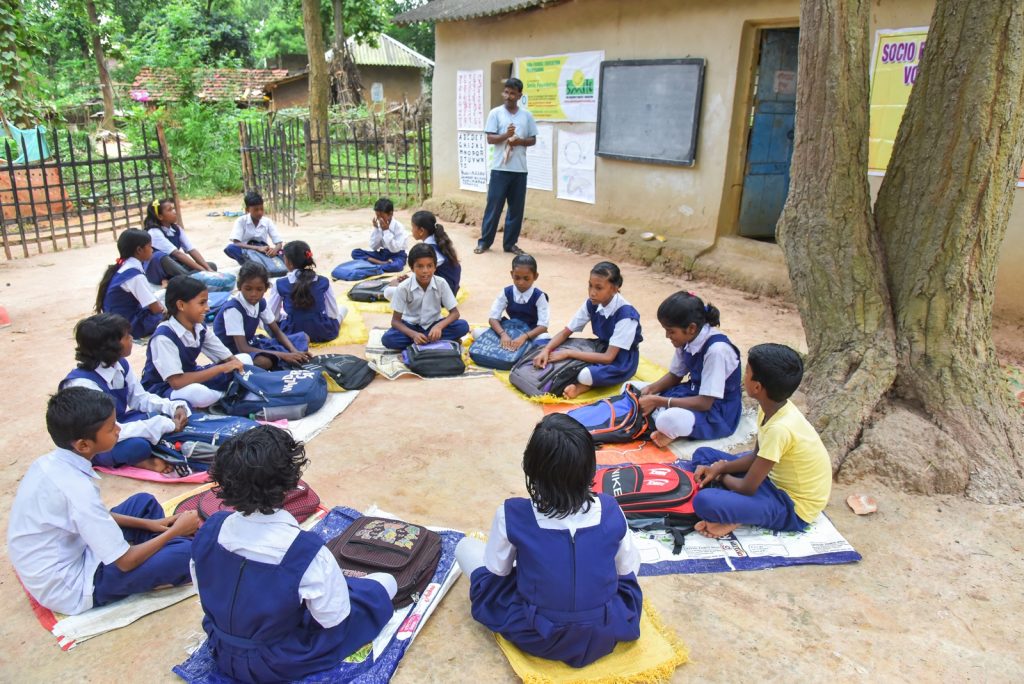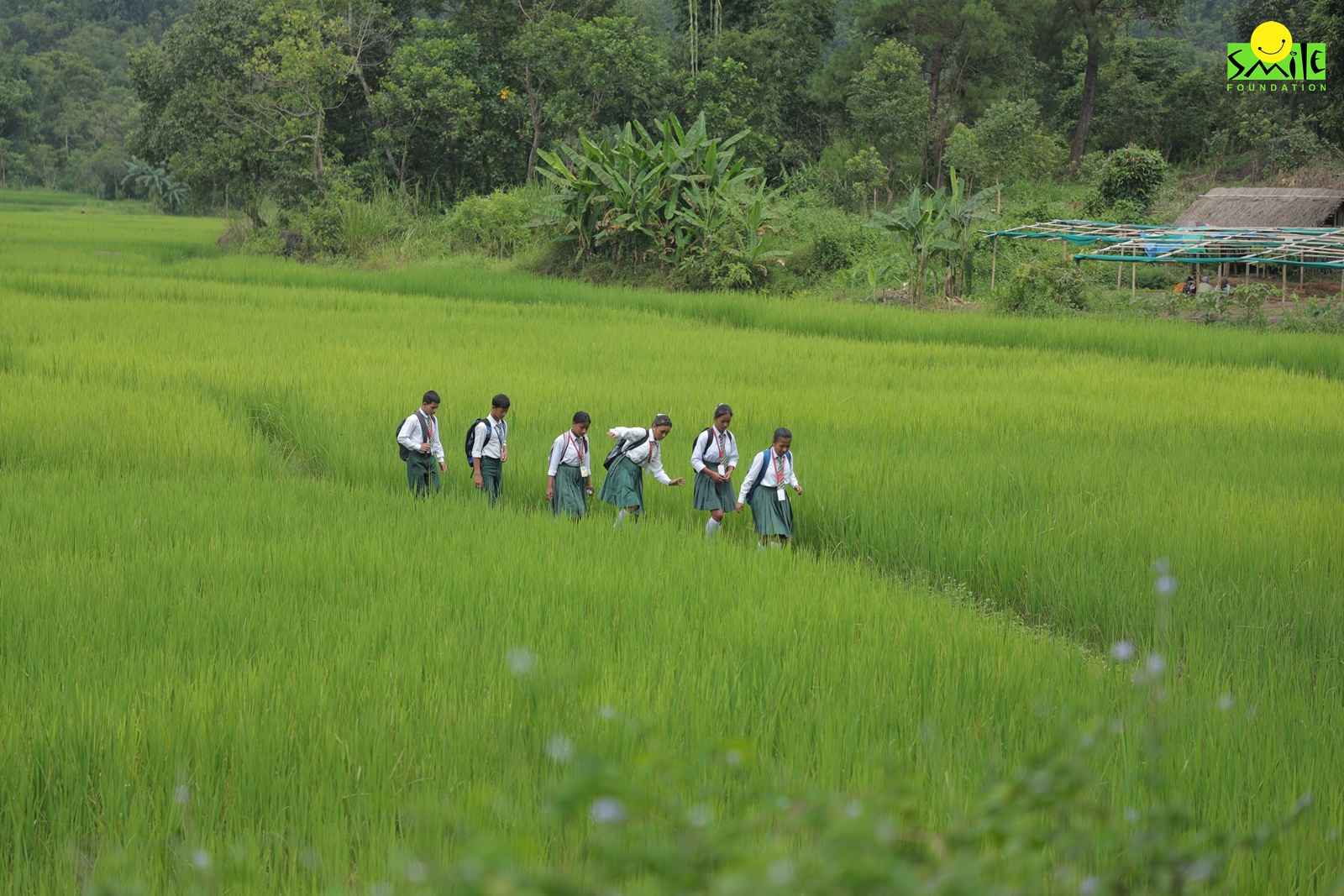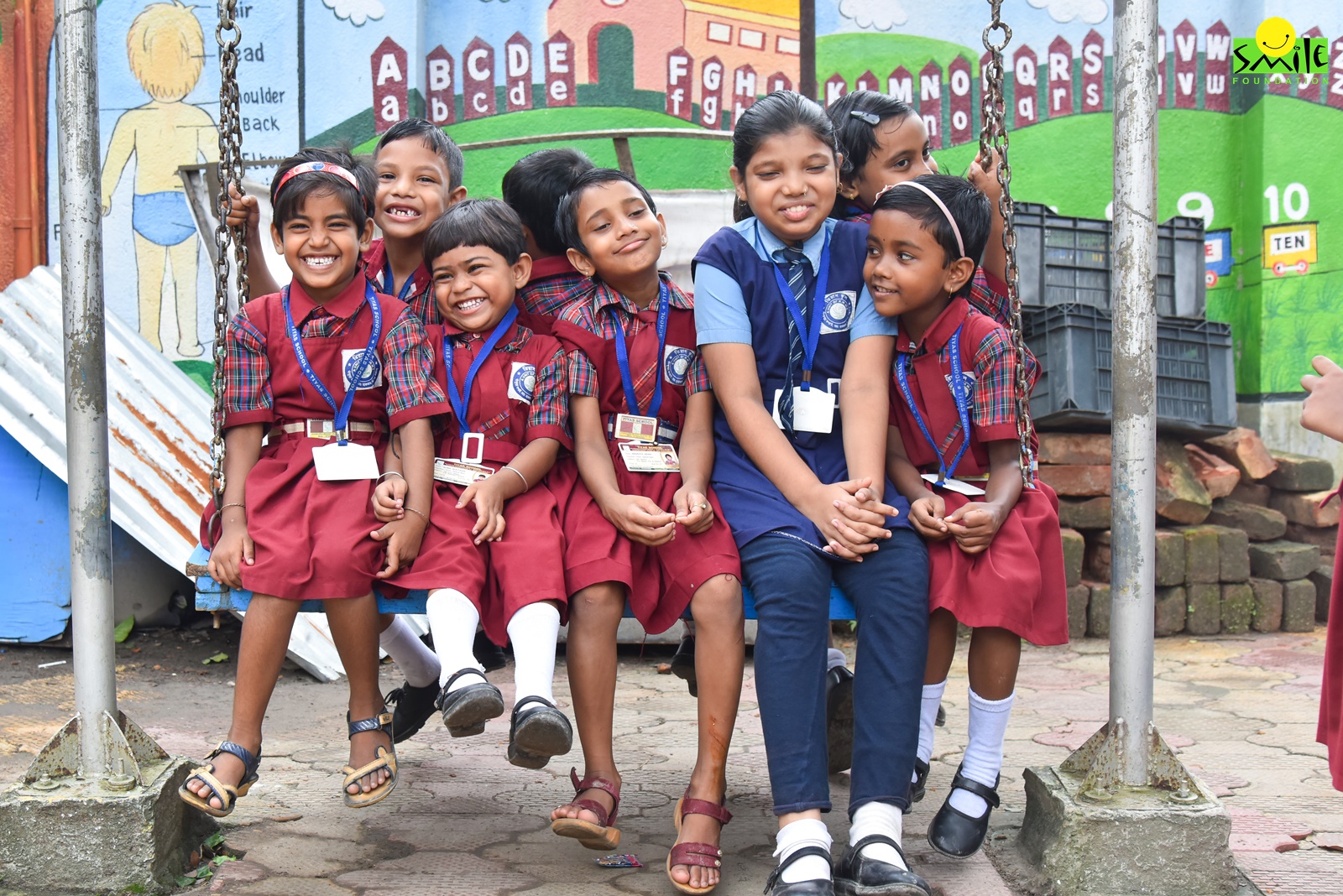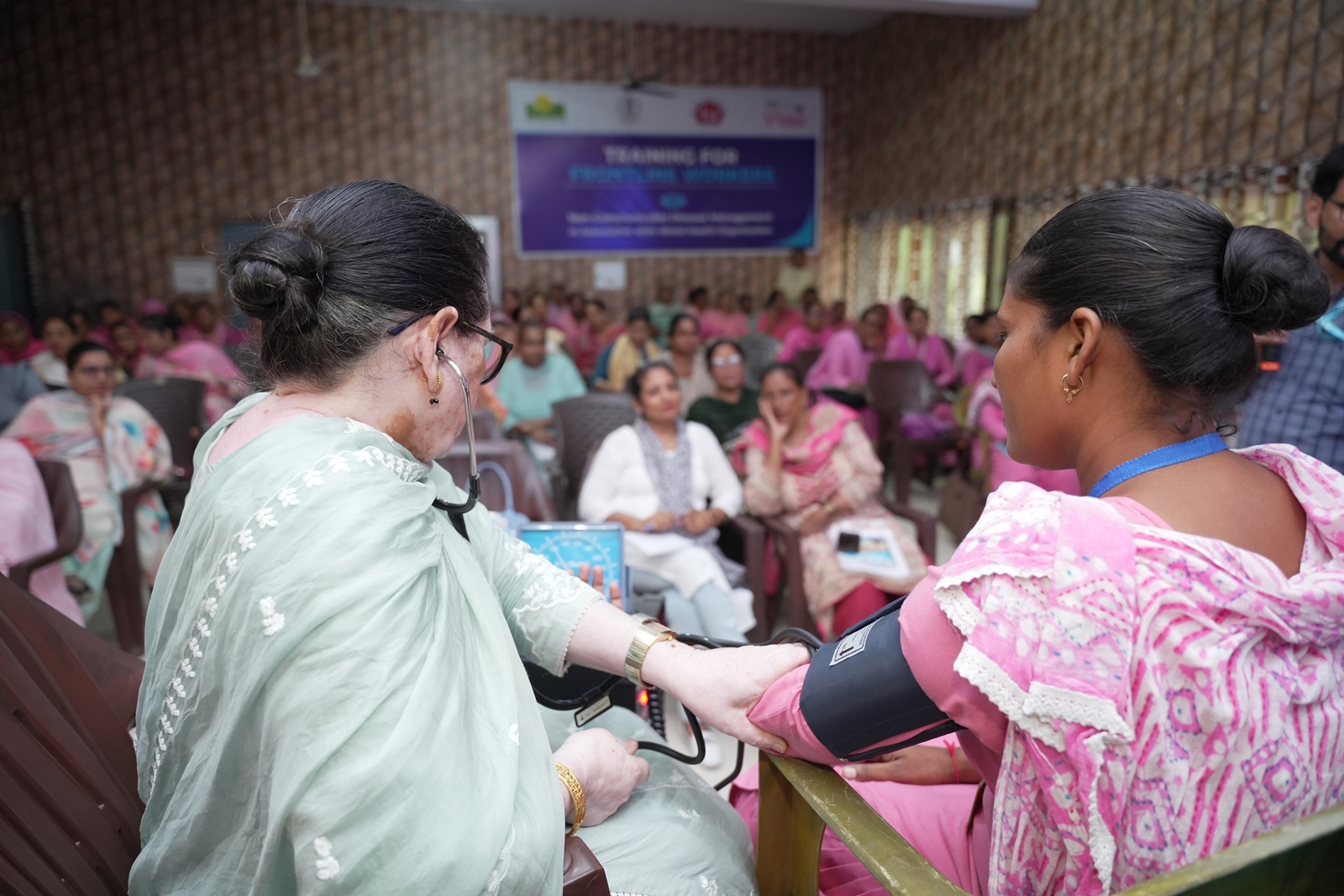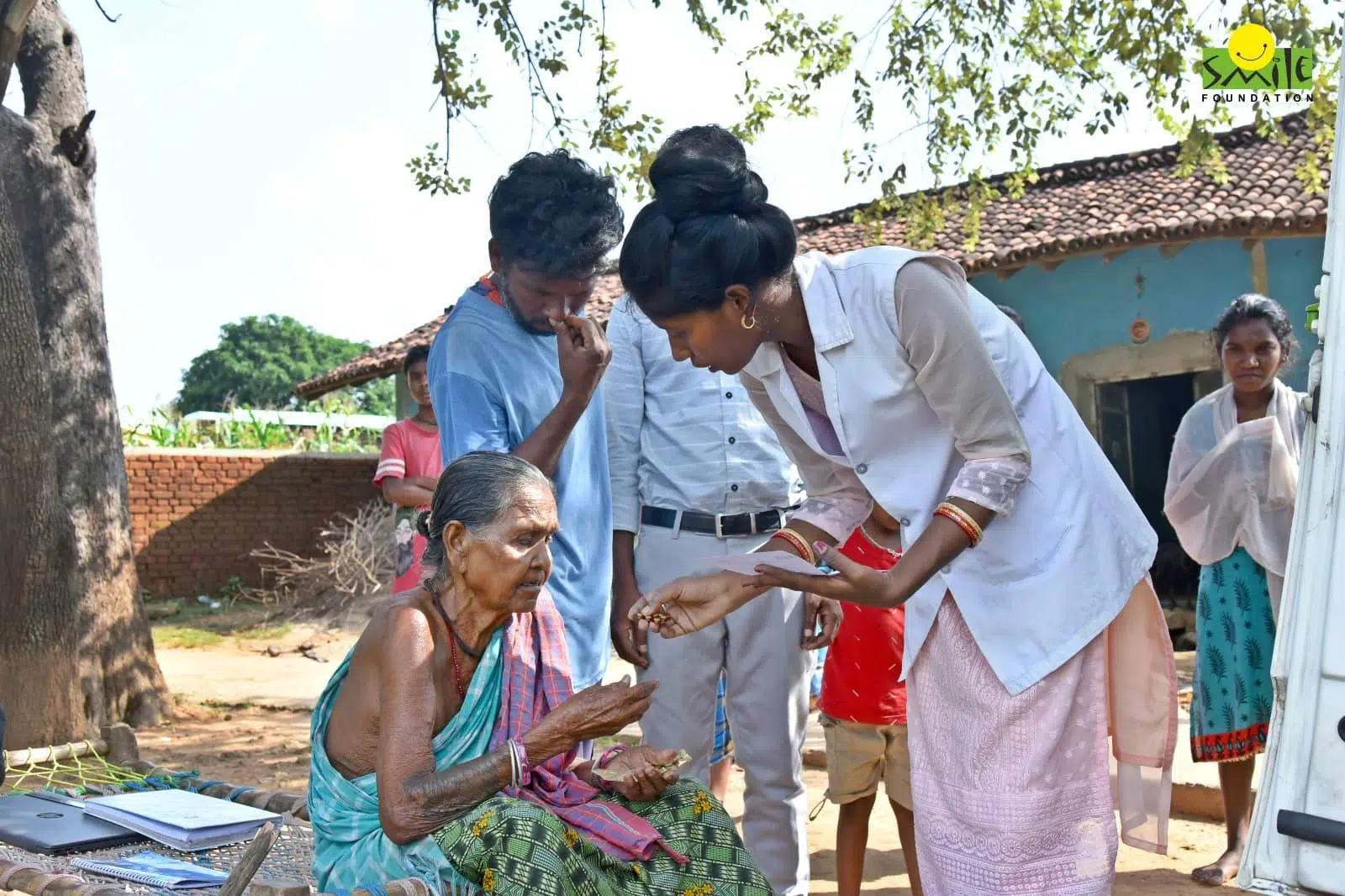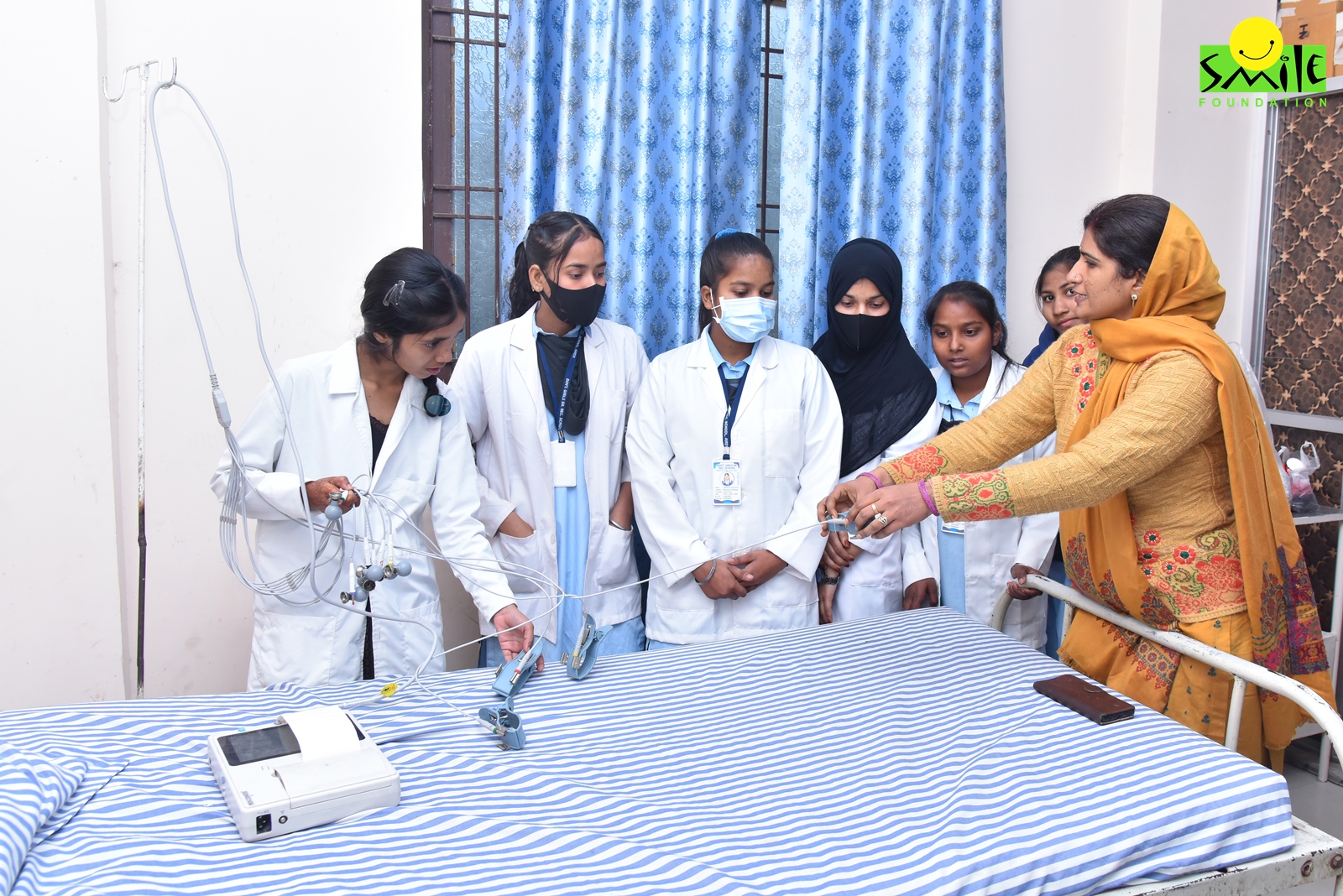Education, a driver of socio-economic development, has been one of the most important tools for combating poverty, promoting gender equality, fostering peace and stability, and improving standards of life. It is a human right that ensures equity and inclusion in our society as a whole, promoting employment, earnings, and health.
According to a World of Labour report, each additional year of schooling globally results in a 9% increase in hourly earnings per household. Improved income levels and living standards not only benefit individual households but also have a positive ripple effect on society, communities, and educators. These dynamics of education also drive long-term economic growth, encourage innovation, strengthen educational institutions, and foster greater social cohesion.
With evolving times, global authorities must make strategic and impactful investments in creating a comprehensive, 360-degree educational framework. This approach should benefit not only students but also teachers and communities as a whole. At the heart of this strategy lies the need to address the learning crisis and empower all stakeholders in the education sector—including Anganwadi workers—with advanced cognitive, socio-emotional, technical, and digital skills essential for thriving in today’s world.
An education system that empowers teachers
Teachers are the cornerstone of every educational system. While they dedicate themselves to educating others, it is essential to empower them to adapt to the demands of an ever-changing world. Regular in-service training programs should be an integral part of the education system, equipping educators with advanced instructional techniques, soft skills, and strategies for addressing students’ mental health challenges and developmental needs.
As classrooms increasingly embrace digitisation, professional development programs must include training on digital technologies, inclusive teaching methods, and strategies to cater to diverse learners, ensuring teachers are well-prepared to foster an inclusive and dynamic learning environment.
With this, the education system should provide flexibility against rigid curricula that can limit teachers’ creativity. Providing flexibility in content delivery allows teachers to adapt lessons to their student’s unique needs and incorporate innovative, interactive teaching methods. This autonomy enhances student engagement while fostering a sense of professional freedom and empowerment for educators.
A lack of instructional materials can often limit what teachers can achieve in classrooms. The education system should ensure that modern teaching tools, technology, and well-equipped classrooms should all be made available to instructors.
Additionally, the curriculum can also include mentoring programs and peer-learning forums that can help establish a nurturing atmosphere where educators can exchange best practices and learn from one another. Counselling services and stress-reduction tools are also necessary components of an education system to support teachers’ mental health.
Acknowledging teachers’ contributions is essential for boosting their motivation and self-esteem. Educational systems can introduce awards, public recognition initiatives, and platforms to highlight their achievements. Furthermore, establishing clear career advancement pathways is crucial, enabling teachers to take on leadership roles such as senior educators, mentors, or administrators. This approach fosters a sense of growth and dynamism, ensuring teaching is viewed as a rewarding and forward-looking profession.
Strengthening Anganwadi workers, strengthening ECE
Anganwadi workers play a role similar to teachers in shaping quality Early Childhood Care and Education (ECCE). In India, there is a common misconception that Anganwadis only serve as daycare centres and not as places for preschool education. It’s time that this narrative is altered!
Strengthening the education system to provide the necessary support to Anganwadi workers and helpers enhances the overall effectiveness and quality of children’s education, enabling them to fulfil their responsibilities more efficiently.
To begin with, it is essential to build an education system that prioritizes upskilling Anganwadi staff, enabling them to engage more effectively with parents and communities. For instance, regular training programs can enhance their understanding of ECCE techniques, empowering them to provide better childcare at the centres.
By equipping Anganwadi workers—whose responsibilities extend far beyond health services—with the necessary resources and training, fostering greater parental involvement, and improving rural classrooms, the quality of services provided by Anganwadis can be significantly enhanced, leaving a lasting positive impact on early education.
The National Education Policy (NEP 2020) states that Anganwadi centres will now provide pre-primary education as per playschool standards, to universalise the pre-primary education across the country. With all of the above, Anganwadi workers find themselves engaged with both the child and the community. Therefore, the upskilling curriculum must answer their specific needs.
Community engagement in education
Community involvement is widely recognised as a crucial element of an education system that removes barriers to accessing high-quality education. While generalised challenges, such as low school enrollment, can be identified externally, it is the community’s active engagement in analysing its circumstances that leads to locally driven, sustainable, and long-term solutions. Meaningful participation of the community in a child’s education empowers them to contribute to various aspects of education support, fostering ownership and lasting impact.
Further, an education system that promotes the community’s participation in curriculum creation guarantees the cultural relevance of the subject matter and teaching methods — ensuring broader participation and acceptance of the educational process. Moreover, community involvement encourages the voluntary contribution of local resources—human, material, and financial—to support education. Educational initiatives owned and driven by the community are more likely to succeed and remain sustainable in the long term.
Impacting lives of children
A holistic approach to education not only empowers children but also helps teachers, Anganwadi workers, and communities grow as responsible national and global citizens. Established in 2002, Smile Foundation has been impacting the lives of over 1.5 million children and their families each year through more than 400 projects focused on education, healthcare, livelihood, and women’s empowerment.
Through its flagship Mission Education program and Shiksha Na Ruke initiative, Smile Foundation strives to empower underserved children by providing education, nutrition, and wellness support. These programs are closely aligned with the New Education Policy (2020) and Sustainable Development Goal 4, which aims to ensure inclusive, equitable quality education and promote lifelong learning opportunities for all.



